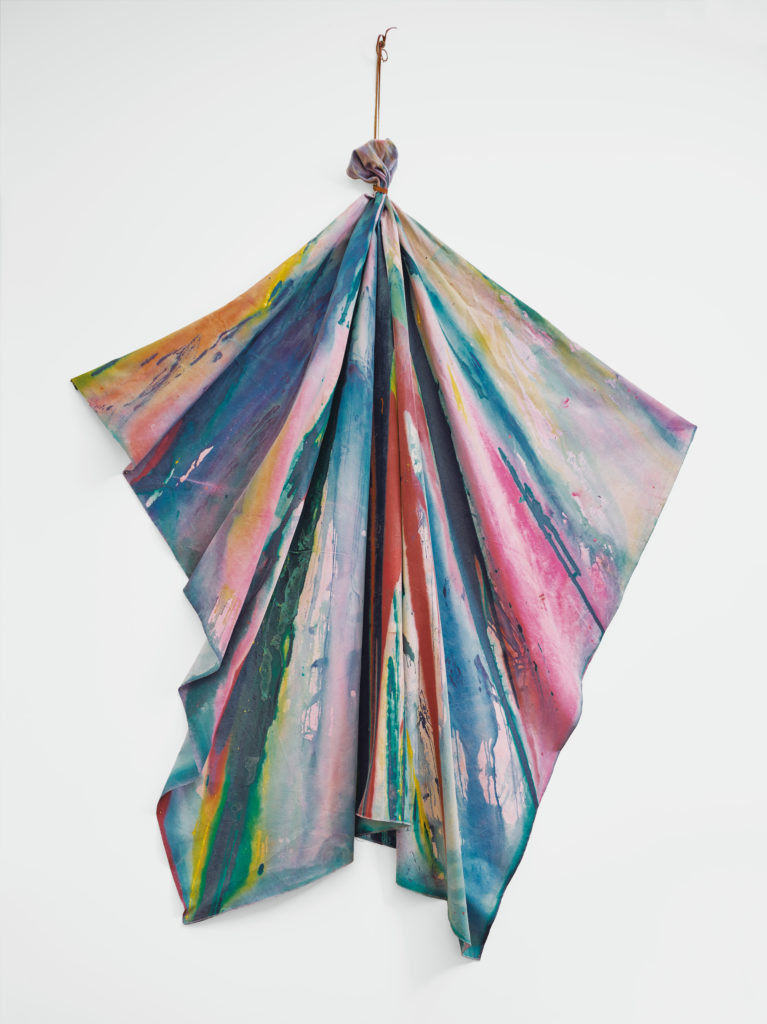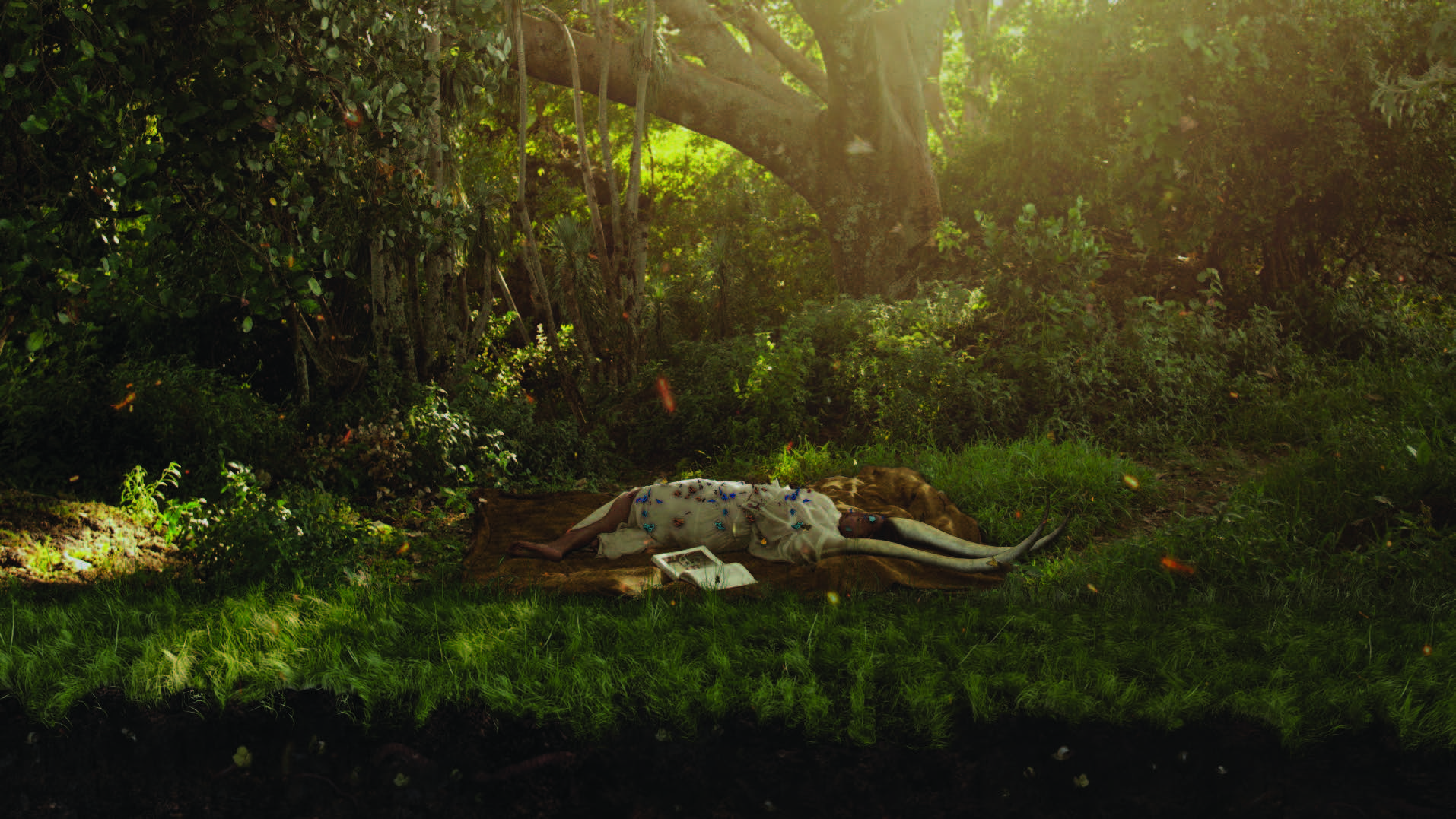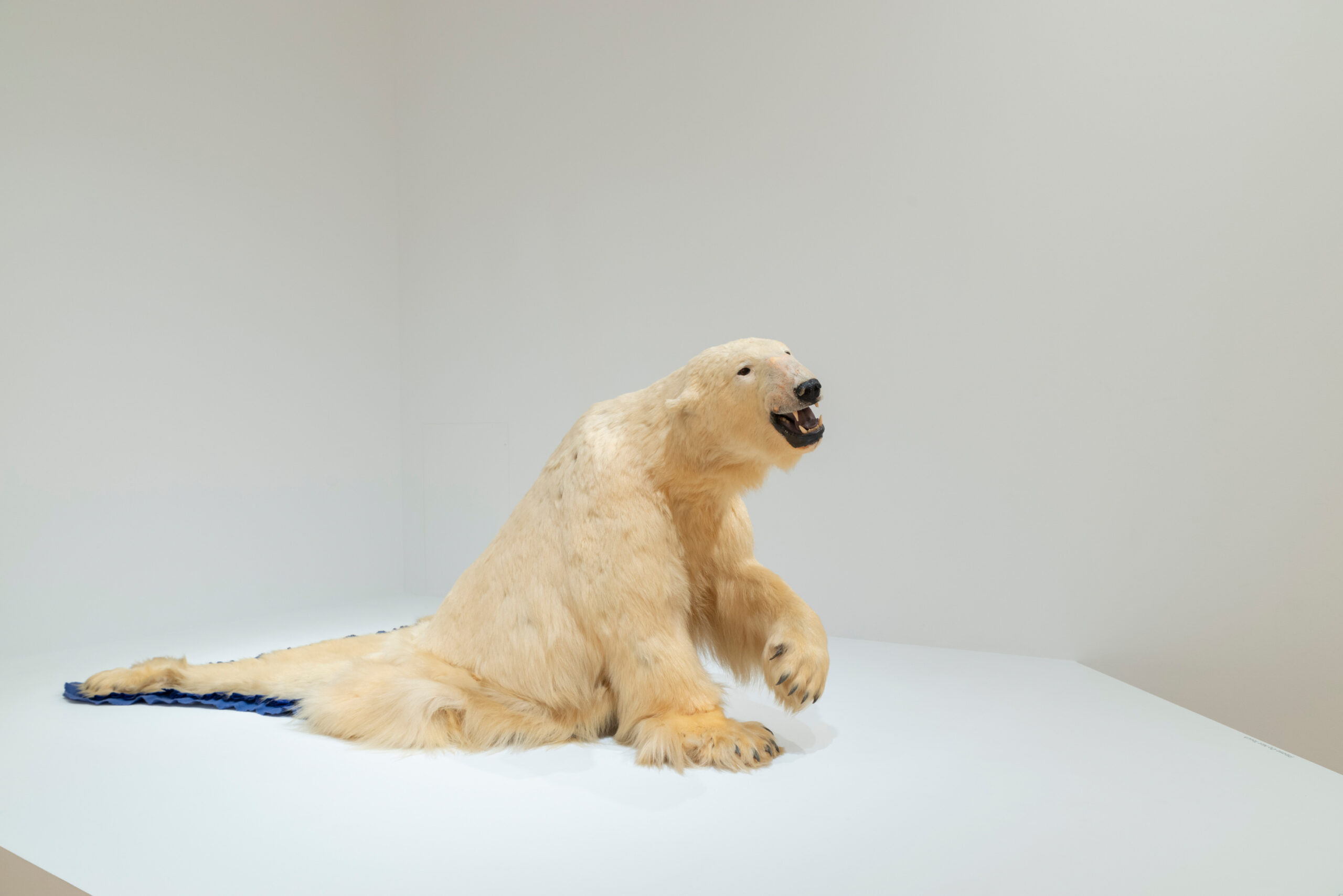
When she started collecting, Pamela Joyner was looking for art she enjoyed. She wanted to embellish the homes she shares with husband Alfred Giuffrida. The mission to reframe art history came later.
Joyner had always appreciated abstraction, and she was drawn to black abstract painters. So, she began researching and learning more about the artists she and Giuffrida endeavored to collect. As Joyner explains, “I was drawn to the stories about African American abstract painters who were sort of shut out of the art world because they were making work that didn’t have visibly black content. … I was intrigued by this group of people who were able to rise above all of that and define freedom on their own terms by making work that they were compelled to make.”
“The more I learned and the more I bought, the clearer it became that there was a job to do,” Joyner said. Her collecting then became about being a catalyst to alter the art canon, to make the work of black artists integral to the narrative of art history.
Joyner has spent the past several decades developing a best-in-class portfolio of post-World War II to present-day abstraction by black artists. She refers to Norman Lewis alternatively as the “Adam” or the “godfather” of her collection. A contemporary of Jackson Pollock, Willem de Kooning, Ad Reinhardt, and the Abstract Expressionist painters of the New York School in the 1950s, Lewis was an artist whose standing among his peers was questioned because he was black.
“They liked Norman; they were glad he was there. … But it was a strange attitude: what was he doing there? He should be painting lynchings.”
Joan Murray on Abstract Expressionist painters’ responses to Norman Lewis, as quoted by Ann Gibson
A 1992 article in Art Forum by Ann Gibson comparing Pollock and Lewis asks whether Lewis was ejected from the canonical group of Abstract Expressionists because he was black. Gibson uses a quote from Lewis’ then-partner Joan Murray in forming an answer. “They liked Norman; they were glad he was there. … But it was a strange attitude: what was he doing there? He should be painting lynchings.”
The idea that black artists should paint black subject matter did not go away in subsequent decades. Melvin Edwards, Sam Gilliam, Jack Whitten, William T. Williams, and other black artists working in abstraction in the late 1960s and 1970s had to contend with justifying their approaches to artmaking at a time when the conditions of black life in America were fraught with violence and political tensions.
An essay in the Joyner/Giuffrida Collection catalog by Mark Godfrey discusses this at length. Godfrey contends that black nationalist leaders and mainstream white journalists were pressing to understand “what is black art?” Godfrey summarizes the experiences of William T. Williams, writing “Describing his early career and his conversations with other black artists, Williams recalled that he was always asked, ‘Why are you making abstraction? It’s not African American art.’ And I would always say, well, you tell me what it should look like. Jazz is the most abstract of all music. Music is totally abstract. How can you not say there’s a tradition of abstraction?”

The BMA’s exhibition Generations: A History of Black Abstract Art draws upon the Joyner/Giuffrida Collection to explore all of the avenues for abstraction that black artists have pursued. The title is a nod to the generations of black artists whose diverse artistic practices comprise the history that the Joyner/Giuffrida Collection tells. And, as co-curator BMA Senior Research & Programming Curator and Thaw Chair of Modern Art at Stony Brook University Katy Siegel has explained, the exhibition “departs from a single monolithic picture of what it means to be a black artist in order to receive all of the ‘fourteen channels’ of blackness that Mark Bradford demands.”
Siegel, along with co-curator and Dorothy Wagner Wallis Director Christopher Bedford, maintains the artists featured in Generations “have not only made history, they have remade history, creating new definitions of abstraction.” The exhibition enables encounters with approaches as varied as the distinct mark-making of Alma Thomas to the paper painting of Mark Bradford and the figurations of Lynette Yiadom-Boakye.
These encounters are part of what Joyner wanted to see happen when she devoted her collection to the mission of reframing art history. Joyner says, “Ten years ago, many museums and galleries and collectors hadn’t even heard of the early generations of the artists in our collection. By shining a light on those careers, we have hoped to catalyze a reframing and a rethinking both of the individuals and, ultimately, the overall canon. While any single individual is not sufficient, we’re endeavoring to do our part.”
Generations: A History of Black Abstract Art is on view September 29, 2019 – January 20, 2020. Read more about the exhibition and purchase tickets at artbma.org/generations.




